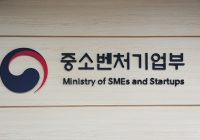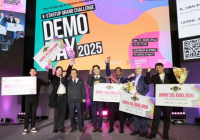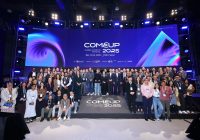A new report from the Korea Venture Business Association (KOVA) reveals a significant transformation in South Korea’s venture industry structure over the past decade (2014-2024). The comprehensive analysis highlights a decisive pivot from a manufacturing-centric economy to one increasingly dominated by service and high-tech industries.
The report identifies key characteristics shaping the current venture landscape, underscoring both opportunities and challenges for startups and policymakers alike.
Key Shifts in Korea’s Venture Ecosystem
- Industrial Structure Transformation: The most prominent change is the reorientation of the industrial structure. The report indicates a clear shift from manufacturing to services (growing at an average annual rate of 7.4%) and advanced industries (up 4.0% annually). Manufacturing, while still significant, saw a comparatively modest annual growth of 1.6%.
- Decline in New Entrants: The number of newly established venture companies has seen a notable decline, dropping from 6,079 in 2020 to 4,708 in 2024. This trend is particularly pronounced in manufacturing, which experienced an average annual decrease of 10.4% in new venture entries.
- Sectoral Fortunes Diverge: Among 25 major industry sectors, 12 expanded, while 13 contracted. Research and Development Services emerged as the top performer, boasting an impressive average annual growth rate of 19.1%.
- Technology Specialization: Korean venture companies are heavily concentrated in technology-driven sectors. Manufacturing accounts for the largest share (56.4%), followed by Information and Communication Technology (24.0%), and Professional, Scientific, and Technical Services (10.1%).
- Capital Area Concentration: A significant majority of venture companies (66.7%) are clustered in the Seoul Metropolitan Area, which includes Seoul, Gyeonggi Province, and Incheon. This highlights a persistent regional imbalance in venture activity.
- Regional Industrial Transition: Over the past decade, 10 regions witnessed changes in their leading venture industries between 2014 and 2024. Notably, the top industries in some regions have transitioned towards service-oriented businesses.
- Deepening Concentration in Specific Sectors: The report points to an increasing concentration in three major sectors: software development, information and communication, and other services. Their combined share of the total venture landscape grew from 29.8% in 2021 to 32.1% in 2024.
- Regional Specialization: The capital area demonstrates a specialization in service industries, while non-capital regions tend to specialize in manufacturing. Daejeon, Sejong, Chungcheong, and Gangwon provinces, however, stand out with 14 specialized industries, showcasing a more diverse industrial base.







